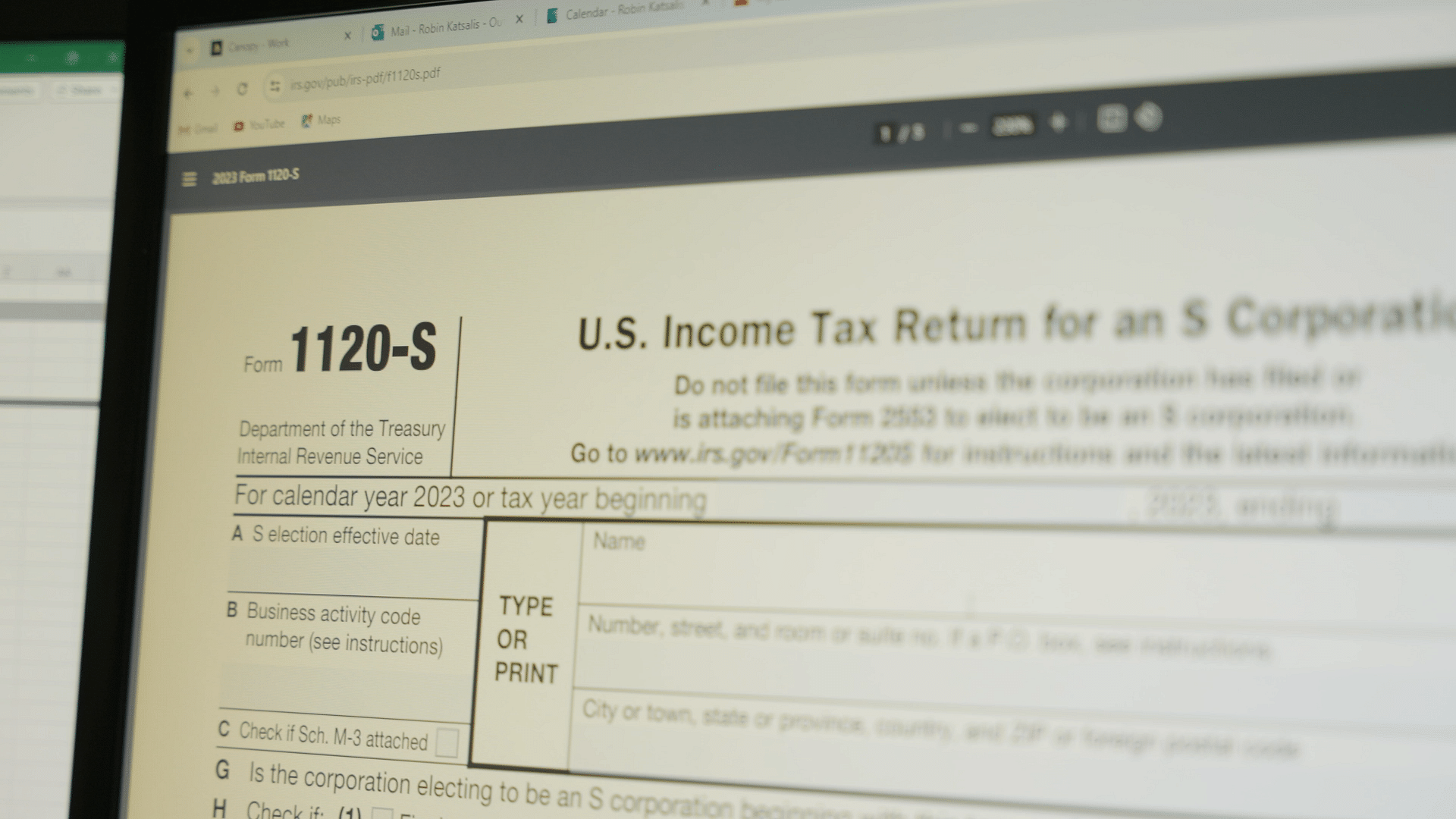
Tips to Organize Your Tax Records
Nov 6th, 2020
Creating order out of chaos
As important tax records start filling mailboxes, how can you make sure your tax preparation goes smoothly and efficiently this year? Here are some tips.
Keep it all in one place. It seems obvious, but how often have you found yourself going through piles of paper looking for that elusive 1099 tax form or charitable deduction receipt? If you only do one thing, this is it.
Time to sort. Now that everything is all together, best practice is to sort your information into the same buckets used in your tax return. At a minimum, sort the information into the basic categories below. If you have a lot of one category, sort that stack into the following sub-categories.
A. Income
- Wages (W-2s)
- Alimony
- Business income (1099's, K-1s)
- Interest income (1000-INT)
- Dividends (1099-DIV)
- Winnings (W-2G, 1099-G)
- Social Security
- Investments (1099-B)
- Other Income Items
B. Income Adjustments
- Student loan interest
- Tuition & fees deductions
- Alimony paid
- Educator expenses
- Other education expenses
- IRA contributions
- HSA/MSA contributions
C. Itemized Deductions
- Taxes paid
- Charitable contributions
- Interest expense (mortgages)
- Medical/Dental expenses
- Investor/Other expenses
- Casualty/Theft losses
D. Credit Information
- Child & dependent care expenses
- Other credit-related expenses
- Adoption expenses
- Education expenses
E. Business/Rental
- Sort income and expenses for each business activity or hobby activity or rental unit
Note: Remember this list is not all-inclusive, it is here to help you sort your information into a usable form to make tax filing easier.
Not sure bucket. There may be things you receive that you are not certain about needing for tax filing purposes. These items should be gathered in one place for review.
Sum it up. Once the information has been categorized, create a summary of the information. This summary can be a printed copy of an organizer or it could be a simple recap you create.
Is something missing? Pull out last year's tax return and create a list of things you needed last year. Use this as a checklist against this year's information. While this process will not identify new items, it will help identify missing items that qualified in prior years.
Finalize required documentation. Certain deductions require substantiation and/or logs to qualify your expense. Common areas that require this are: business mileage, charitable mileage, medical mileage, moving mileage, non-cash charitable contributions, and certain business expenses. These logs should be maintained throughout the year, but now is a good time to make sure they are complete and ready to go for tax filing.
It is very easy to overlook something given the lengthy list of taxable income items, deductions and credits. By following these tips you can greatly reduce that risk.


Let’s Help Eliminate Your Stress
If you choose Appletree Business Services for your bookkeeping, payroll or tax needs, you’ll find that good things begin to happen in your business. Your common financial challenges will become simple with a clear map to create your ideal situation. More than that, we’ll identify your “typical” stresses and help make them go away.